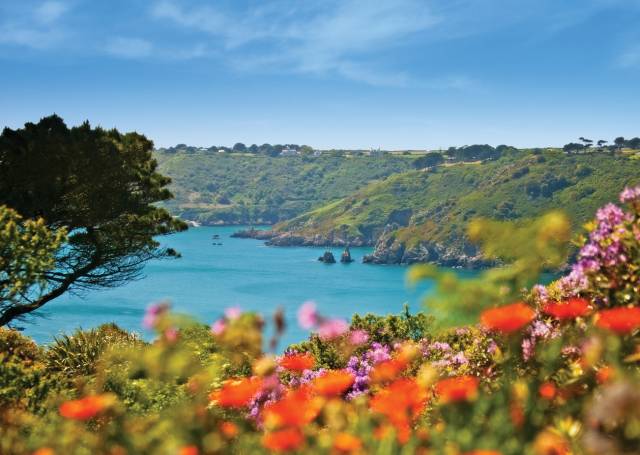#WhichIslands - If this photo reminds you of a tropical escape, you’re not alone! Research has revealed that, on average, almost 80% of Brits mistook photographs of the Channel Islands for the Caribbean, New Zealand and other exotic destinations around the globe.
In the survey, commissioned by Channel Islands’ operator Condor Ferries, respondents were asked to identify where in the world they thought a series of photographs were taken, with the likes of Croatia, Portugal and Italy being just some of the locations included. Notably, only 15% of 18-24 year olds recognised the Channel Islands, with 45-54 year old respondents performing the strongest, but still with only 25% on average guessing the locations correctly.
Justin Amey, Head of Marketing at Condor Ferries, commented: “We were amazed to see that over three quarters of people living in the UK didn’t recognise the Channel Islands. The results just go to prove that you don’t have to go a long way to enjoy a beautiful holiday destination. The Channel Islands are just right for people who want a break without the pain of a long haul flight.
“The Channel Islands are just a stone’s throw away from the UK mainland and are becoming increasingly popular as holiday makers opt for more accessible breaks, with no luggage restrictions, exchange rates and airports to worry about. The Channel Islands strike the perfect balance between offering an easy to get to destination and world-class scenery, with stunning beaches, fine food, walks and towns to discover.”
Named as the warmest place in the British Isles, the Channel Islands are perfect for enjoying safe, sandy beaches on a summer break. Travelling by sea also means passengers can pack everything they need into their car, including the family pets, all whilst enjoy a getaway without the worry of baggage restrictions.
Last year, over 130,000 people travelled to the Channel Islands by fastferry and conventional (see The 'Potato' ferry) .This number is set to increase as staycations are predicted to become more popular*.
Justin added: “This survey shows that there are still many people living in the UK who aren’t aware of how stunningly beautiful the Channel Islands are, which is something we are working to change, in partnership with the Tourism Boards on the Islands. We would encourage anyone looking to book their summer holiday to consider Jersey or Guernsey, and they’ll see for themselves that you can feel like you’re in the Caribbean but still be on the doorstep of mainland UK.”
Demand is already high for Condor Ferries’ spring and summer crossings operating from Portsmouth and Poole. In addition to French services out of St. Malo, Brittany.
































































